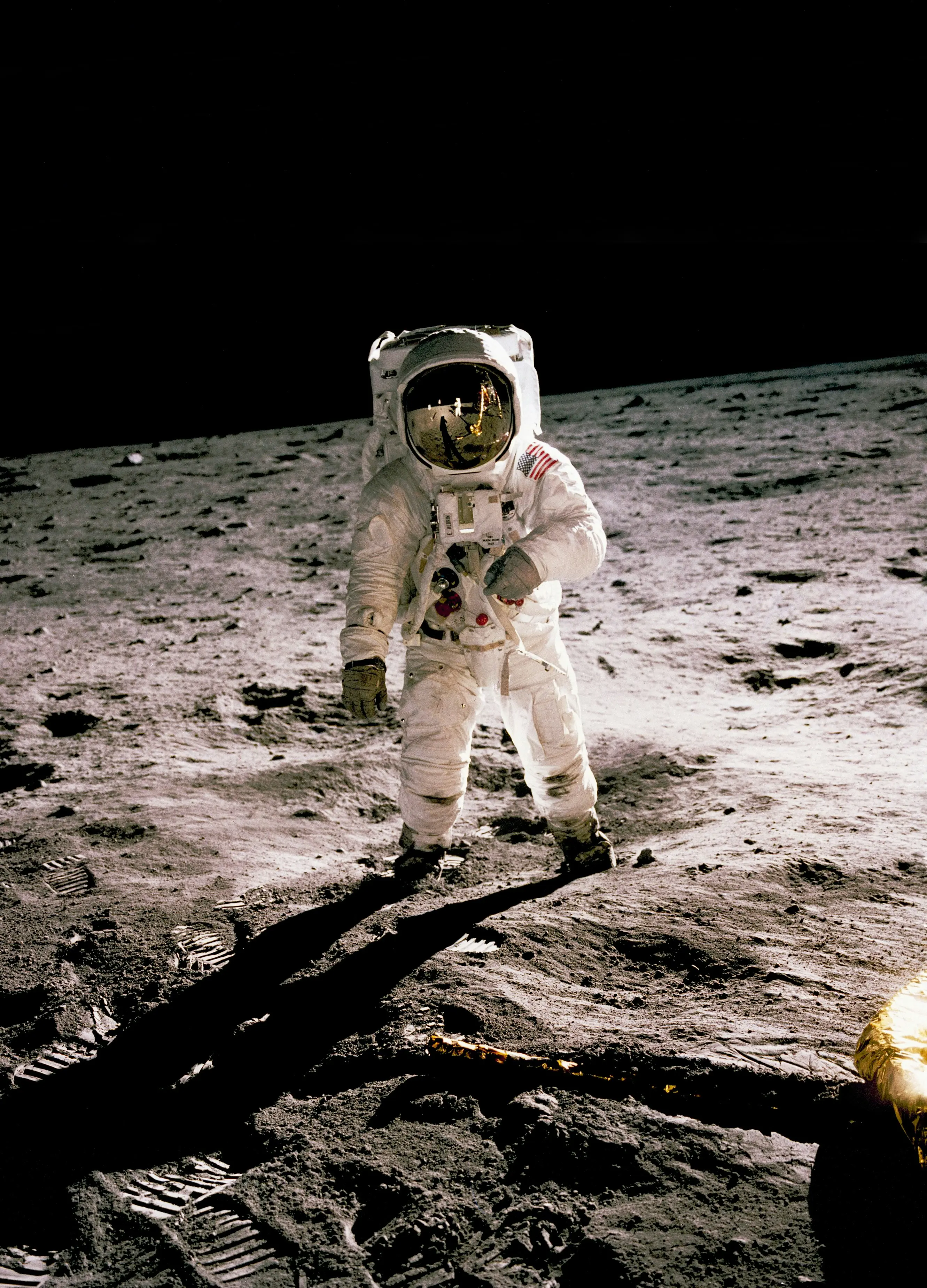Moon Landings Trigger Violent Dust Storms, And That’s a Big Problem for Future Missions

When a spacecraft touches down on the Moon, the spectacle isn't just limited to rockets and flags. Beneath the surface, something far more dangerous is unleashed, a violent storm of razor-sharp dust particles, hurling outwards at speeds faster than a hurricane. And now, thanks to researchers at Johns Hopkins University working with NASA, we finally understand how it happens.
A new study reveals that lunar landings create radiating patterns of debris, not just in random puffs of dust, but as powerful shockwaves that ripple across the Moon’s surface like invisible tsunamis. These high-velocity dust streams can pose serious risks to astronauts, equipment, and even other spacecraft waiting nearby.
“Every time we land on the Moon, we’re kicking up more than just dirt,” said Joey Neumann, the mechanical engineering doctoral student who led the study. “These particles can travel at hundreds of meters per second. They don’t just settle, they blast.”
The team analyzed decades-old footage from the Apollo missions using new imaging software and combined it with mathematical models of granular flow dynamics. What they uncovered was startling: landing rockets churn up regolith (the Moon’s powdery soil) in structured, radiating waves. These dust waves can stretch hundreds of meters and are capable of pitting, scratching, and eroding nearby surfaces.
This discovery couldn’t come at a more critical time. NASA’s Artemis program aims to return humans to the Moon in the coming years, with long-term plans for lunar bases and frequent landings. But repeated dust storms could degrade habitats, solar panels, sensors, and landers, potentially turning humanity’s next big leap into a cascade of costly complications.
Even worse, unlike Earth, the Moon has no atmosphere to slow the dust down. Without air resistance, each tiny shard of regolith maintains its full destructive force, potentially acting like a high-speed projectile.
To help prepare for this, the team’s findings are already informing lunar mission design. NASA engineers are now considering changes to landing trajectories, pad placement, and shielding technologies to protect future missions.
“This is one of those hidden-in-plain-sight problems,” said Sungwoo Yang, senior author of the study. “We’ve seen the dust in videos, but only now are we quantifying its danger, and engineering ways to defend against it.”
It’s a stark reminder that space may be silent, but it’s far from still. As we head back to the Moon, the very surface we land on could be one of the greatest threats we face.